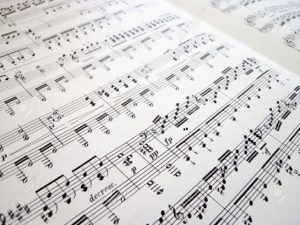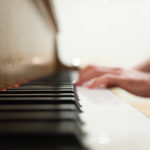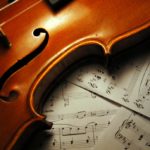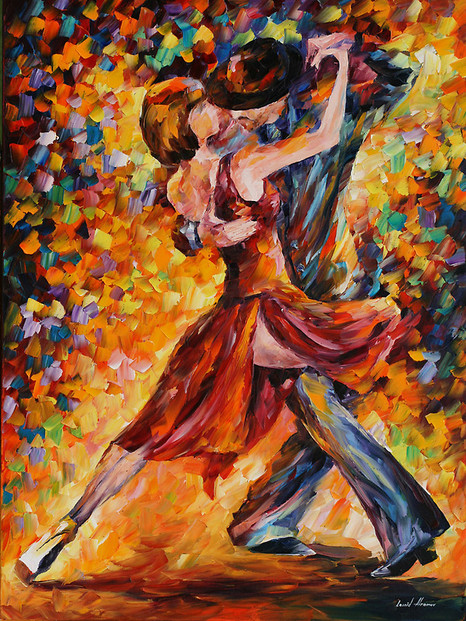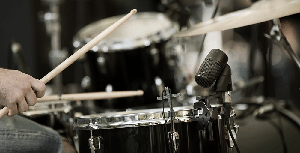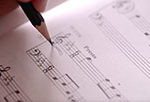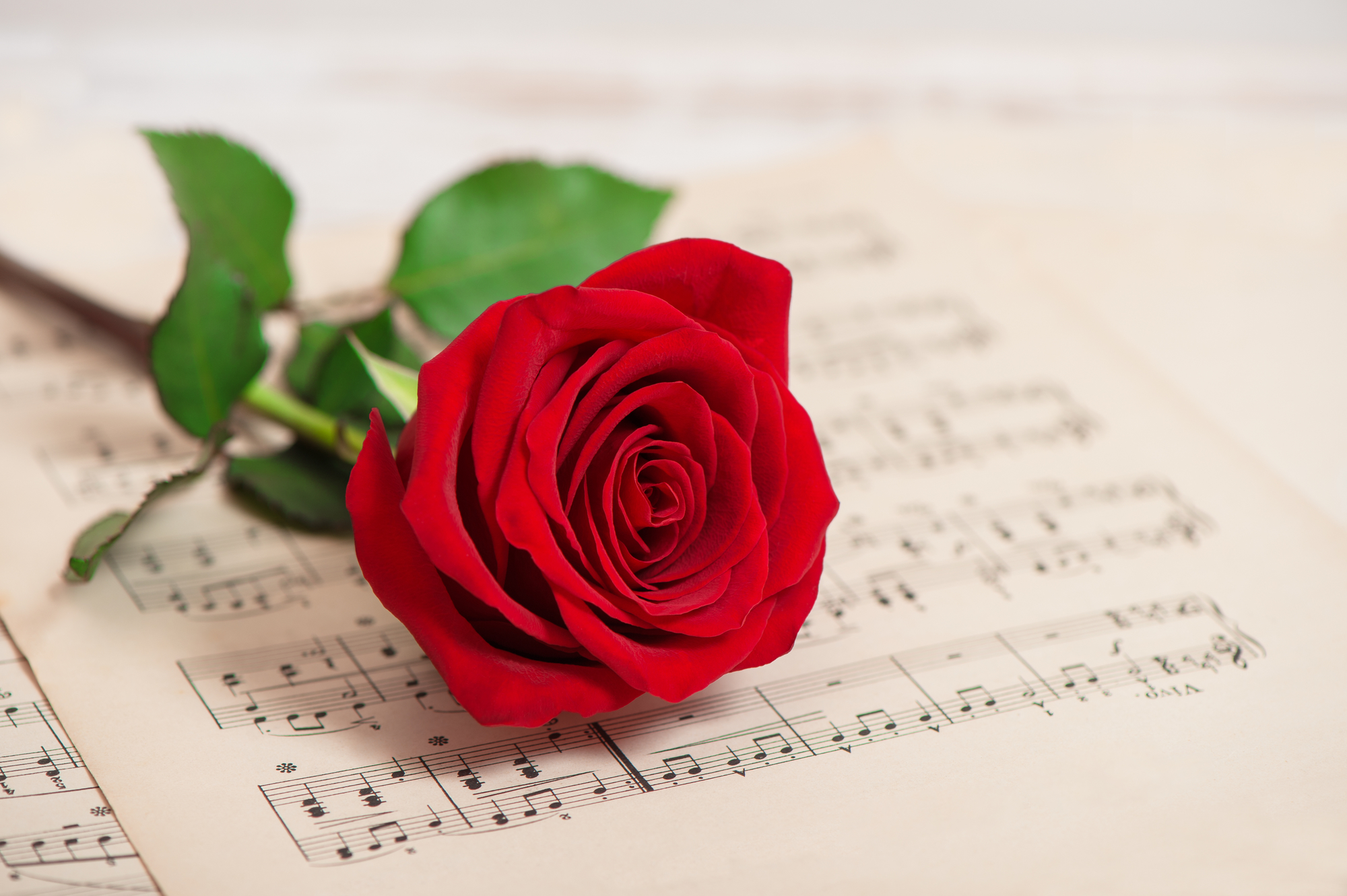
Tchaikovsky's Romeo and Juliet was a fantasy-overture, as the composer himself called it.
It was first completed and premiered in 1870. The lukewarm reception made Tchaikovsky take up the suggestions of Balakirev, who suggested the composition and revise the work. The second version was premiered in 1872 and published in Germany. Balakirev, however, was not satisfied with the version, and Tchaikovsky continued to revise it. In 1880, the version that became what we know today was finished, but it was not until 1886 when this final version was premiered.
Similar to Berlioz's use of motives, Tchaikovsky used themes to symbolize characters or events—conflict between the Capulets and the Montagues, the respected Friar Laurence, love between Romeo and Juliet, and the battle between two families. Moreover, the French horns symbolize Romeo and the flutes represent Juliet.
Structurally the fantasy-overture is in sonata form, which includes three main sections: exposition, development, and recapitulation. The work centers on the battle between the two families, which happens in the recapitulation and leads the entire piece into a climax at the end. The love theme, signifying Romeo and Juliet's love, undergoes transformation from the time they meet to after the fierce battle. Transforming a tragic love story into a music story, Tchaikovsky successfully captures the tension, drama, and intense love with notes and instruments.
Full recording:
Representing love between Romeo and Juliet, the second theme (love theme) particular carries significant meaning. It first appears at 8:30 (m. 183), played by the English horn and viola and then the second half of the theme was played by the strings (see Example 2.1).

Example 2.1: First appearance of love theme, mm. 183–191 (8:30)
The first part of the theme is then played by the flutes with the accompaniment of horns at 9:38 (m. 212, see Example 2.2). At 10:30 (m. 344), the theme is again played by flutes and horns. The purity and peace, signifying the budding love between Romeo and Juliet, contrast two families' never-ending battles. Their love might be doomed yet beautiful, pure-sounding, and eternal as the love theme lingers in the air. Pay close attention to the flutes and horns and imagine that Romeo and Juliet are dancing among everything happening.


Example 2.2: Love theme by flute and horn, mm. 212–225 (9:38)
For a while the love theme disappears; in fact, the love theme is nowhere to be heard in the development section, since the battlefield does not have room for romance. When the second half of the love theme returns in the recapitulation section at 15:40 (m. 388), what is played by flutes before is not taken over by the strings, but the horns still play the accompaniment (see Example 2.3). The absence of flutes seemingly suggests the (fake) death of Juliet, and Romeo is lonely in the love duet.


Example 2.3: Love theme returns without flutes, mm. 388–398 (15:40)
When the love theme returns again at 16:30 (m. 410) and 17:25 (m. 435), the horns and flutes are not the main instruments anymore. The love between Romeo and Juliet is not enacted by the couple anymore; the tragic love story is told instead by other narrators or whoever happens to know their story.
In the coda section, the love theme is played in minor mode at 19:08 (m. 485), emphasizing the tragic element of the story. At the final return of the theme at 21:00 (m. 509), the theme is played by strings with expansiveness and peacefulness. As the time passes, the tragedy is perhaps only remembered with sweetness and a touch of bitterness.
This interpretation, using the transformation of one theme, is, of course, oversimplified but offers one way to see how a love story from literature can be turned into drama in instrumental music. Understandably, a 20-minute piece cannot present every detail of this love story; nonetheless, Tchaikovsky's fantasy-overture portrays the intense love, fighting, heart-wrenching sadness, and transcended love with vividness and beauty.
Check out the scores and recordings here.
Ready to learn music?
Start learning with our 30-day free trial! Try our music courses!
About Liberty Park Music
LPM is an online music school. We teach a variety of instruments and styles, including classical and jazz guitar, piano, drums, and music theory. We offer high-quality music lessons designed by accredited teachers from around the world. Our growing database of over 350 lessons come with many features—self-assessments, live chats, quizzes etc. Learn music with LPM, anytime, anywhere!


